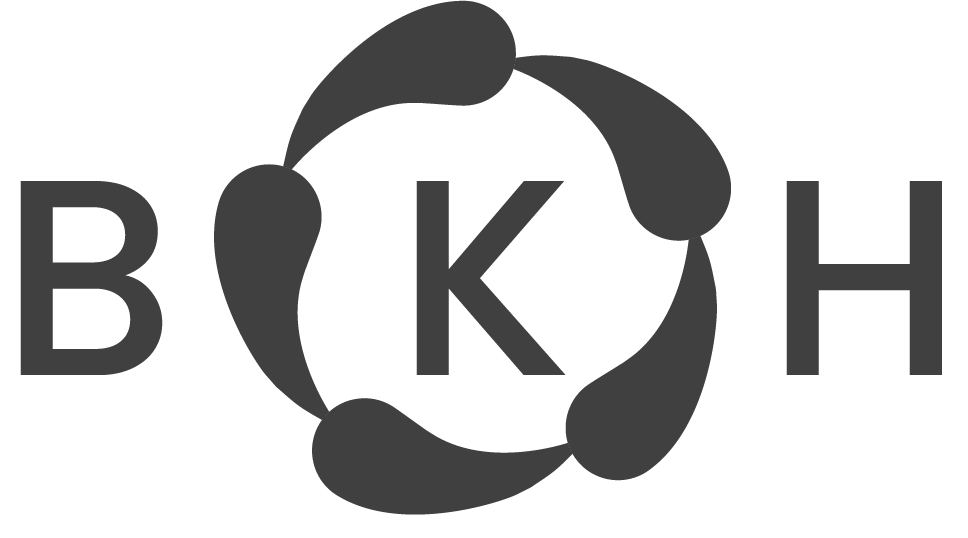The best practices and recommendations listed below specify how persistent identifiers and annotations should be used in the literature and how they can be minted, cited, and expressed in both human- and machine-interpretable formats to facilitate text and data extraction, conversion to Linked Open Data and further re-use of the article content as FAIR data.
The document was completed during the BiCIKL project but summarises many years of discussions and experience of biodiversity publishers, organisations, research projects and individual researchers.
The recommendations below are a concise summary of two extensive published papers where the reader can find a lot of additional details and information: Recommendations for use of annotations and persistent identifiers in taxonomy and biodiversity publishing and Joint statement on best practices for the citation of authorities of scientific names in taxonomy by CETAF, SPNHC and BHL.
Table of Contents
Article back matters related data
List of abbreviations
| ISSN | International standard serial number |
| ISBN | International standard book number |
| XML | Extensible markup language |
| PID | Persistent identifier |
| SPNHC | Society for the protection of natural history collection |
| CETAF | Consortium of European taxonomic facilities |
| BHL | Biodiversity Heritage Library |
| LSID | Life science identifier |
| JATS | Journal Article Tag Suite |
| BLR | Biodiversity literature repository |
| DOI | Digital object identifier |
| GBIF | Global Biodiversity Information Facility |
| IPNI | International Plant Names Index |
| ROR | Research Organization Registry |
| ORCID | Open Researcher and Contributor IDentifier |
| GRSciColl | Global Registry of Scientific Collections |
Publication metadata
- Article front matter components (title, the journal in which it is published, the authors, abstract and keywords) should be encoded with JATS XML elements and PIDs.
- It is recommended to assign a unique ISSN to each version of a journal, print and electronic. Each linguistic version of the journal should also have its own ISSN.
- It is recommended to assign a unique ISBN to each version of a book (PDF, print, ebook, each linguistic version, second or consequent editions).
- It is recommended to assign a LSID (from Zoobank, IPNI or other relevant registration platform) to a publication which contains a new taxonomic name or other nomenclatural acts.
- It is recommended to display all front matter identifiers (ISSN, ISBN, DOI, LSID) on the publication title page and register all the corresponding metadata associated with the DOIs with CrossRef or DataCite.
- It is recommended to always include the article DOI in the metadata for other publication-related registration purposes, for example at ZooBank, IPNI, MycoBank, Zenodo, Dryad and others.
- It is recommended to use Crossref DOI for articles and include them in the bibliographic references.If no DOI for an article is available, it is recommended to create a DataCite DOI through its deposition in an internationally recognised repository such as BHL, BLR, E-Periodica, or Zenodo.
Article body
- Article body should be structured following consistent sections, subsections, and paragraphs, which may themselves contain figures, tables, etc. The best practice is to structure the article following the internationally accepted JATS[1] standard and to tag section and subsection titles as such in the article JATS XML.
- It is recommended to assign internal UUIDs to sections and subsections in the article XML.
- It is recommended to create Crossref component DOIs or DataCite DOIs to identify each figure, table or supplementary material within an article. The CrossRef component DOI has the important feature to link to its parent article DOI.
- For tables, figures and supplementary materials, it is recommended to provide in all cases, and especially if no DOIs are minted, internal UUIDs minted by software during the compilation of the full-text article XML.
- When compiling the full-text article XML, it is recommended to cross-reference (anchor) in-text citations of references, figures, tables and supplementary materials with their respective objects in the article body.
- It is recommended to keep the IDs (for example UUIDs) separate from their corresponding HTTP paths in the article XML.
Taxonomy related data
- The body of a taxonomic article includes specific items, such as taxonomic treatments, material citations, descriptions, differential diagnoses, details of collecting permits, etc. The best practice is to structure the taxonomic section of the article following the long established, community accepted and unified standards, and to tag each treatment subsection as such in the article XML.
- Use PIDs that are compliant with a community accepted standards across different journals and publishers.
- It is recommended to provide each scientific name of a taxon (at least at its first mention in the paper) with authorship and date, and cite the corresponding article of the taxon description in the “Bibliographic references” section.
- It is recommended to tag each taxonomic treatment in the article XML and then assign a CrossRef Component DOI or Datacite DOI or internal UUID for it. All the metadata associated with the DOI must be registered with the corresponding agency (CrossRef or DataCite).
- It is recommended to tag and link all taxonomic treatments cited in the Nomenclature section of a treatment or in the article body to their existing PIDs, if available, using preferably the DOI of the treatment deposited in BLR. For primary taxonomic descriptions that are not available in BLR, use the DOIs minted by BHL (example), if available.
- In botany, it is recommended to provide a pre-publication registration of new taxon names and other nomenclatural acts at IPNI (living vascular plants), Fossil Plant Names Registry (FPNR) (fossil plants, except for diatoms and fossil fungi) and PhycoBank (algae), and include the identifiers in the article.
- In mycology, it is required to provide a pre-publication registration for names, typifications and other nomenclatural acts in MycoBank, Index Fungorum or Fungal Names and the respective identifiers must be published in the article.
- In zoology, it is required to provide a pre-publication registration in ZooBank of electronic publications containing nomenclatural acts, their authors and new taxon names therein and include the respective LSIDs in the article.
- It is recommended to use unambiguous identifiers for specimens, for example GBIF occurrence IDs or CETAF identifiers whenever possible, especially when they are persistent and resolvable and introduce the practice of citing a specimen, analogously to citing the INSDC accession numbers.
- It is recommended to identify a material citation of a specimen with its specimen ID, if available, and additionally assign UUIDs to each material citation in the article XML. When material citations represent a holotype or other type specimens, this specific status, the collecting event and the institution(s) where the type(s) is/are deposited should be tagged unambiguously in the article XML.
- When Digital Specimens DOIs become available, it is recommended to use them as primary identifiers for specimens.In case resolvable PIDs such as Digital Specimen DOIs or CETAF identifiers are not available, it is recommended to use a local catalogue number of a specimen with explicit mention of the GRSciColl Collection and/or Institutional Codes where the specimen is preserved. If resolvable persistent identifiers are available for the organisation or collection (e.g. ROR or Wikidata), it is recommended to use these instead of Collection or Institutional Codes.
- It is recommended to include INSDC accession numbers in the article content, hyperlink them to the source database and tag them in the article XML. Annotation to only one institution, either ENA or NCBI, or DDBJ should be provided for each accession number.
Person related data
- Person names used in an article (for example authors of the article, handling editors or reviewers if their names are published, cited authors, collectors and others) should be identified with PIDs and tagged as such in the metadata and the article XML.
- It is recommended to use ORCIDs for the living persons and Wikidata for the deceased ones.
- It is recommended to use IPNI, Zoobank or MycoBank identifiers for authors for nomenclature purposes, when available.
Institution related data
- Institutions mentioned in the article for various reasons (e.g., authors’ affiliations, places where a work has been carried out or materials have been deposited, or others) to be identified with PIDs widely accepted by institutions and publishers.
- It is recommended to include the institution PIDs (e.g., ROR, GRSciColl ID, or Wikidata) tag and hyperlink them to the source database in the article XML.
- For authors’ affiliations, it is recommended to use ROR as prime identifiers for institutions.
- It is recommended to use GRSciColl vocabulary of abbreviations of natural history institutions and/or collections within institutions (“collectionCode” and “institutionCode”) where cited specimens are deposited, in the material citations or any other part of the article.
- It is recommended to assign the Darwin Core defined “collectionID” and “institutionID” available from GRSCiColl to all uses of the respective codes in material citations and other sections of the article.
Article back matters related data
- The article back matters (Acknowledgments, Supporting grants and funders, Conflict of Interest and Author contributions declarations, List of references, Supplementary materials, and others) have to be separated in different sections and encoded with PIDs and JATS XML elements.
- It is recommended to include Supporting grants and funders, Conflict of Interest and Author contributions declarations in the article metadata and require authors to fill in these in specific fields during the submission process.
- It is recommended to use the Contributor Roles Taxonomy (CRedIT)[1] to formalise the authors’ contributions.
- It is recommended to use standardised answers to formalise the Conflicts of Interest declarations.
- It is recommended to use CrossRef Funder Registry and OpenAIRE databases, to properly identify and hyperlink the acknowledged funders and grants.
- It is recommended to assign external identifiers to funders and grants, such as Funders’ and grants’ IDs from OpenAIRE or CrossRef Funder Registry in the article XML.
- It is recommended to complement each bibliographic reference with its corresponding DOI. All DOIs minted by a publisher, or anyone else, should be registered at the corresponding registration agency, CrossRef or DataCite.
- If no DOI exists for a bibliographic reference it is recommended to mint one following the rules and policies for retrospective DOI assignment at CrossRef and DataCite. When minting DOIs for legacy content, it is strongly recommended to carefully check and ensure that the article has not been assigned a DOI before, to avoid duplication.
- For legacy literature, it is recommended to use retrospective DOIs minted by BHL or other organisations digitising legacy literature, for example BLR, e-Periodica, or Zenodo.
- It is recommended to cross-link bibliographic citations in the text (e.g. Linnaeus 1758) to their bibliographic references in the article XML.
- It is recommended to use CrossRef component DOI to identify each supplementary material file associated with an article. If no CrossRef DOI are available, use DOIs from DataCite.
- It is recommended to provide all metadata of supplementary materials in a standard, machine-readable format in the article XML as well as in human-readable format in the article text.
[1] https://jats.nlm.nih.gov/publishing/tag-library/1.3/chapter/getting-started.html


